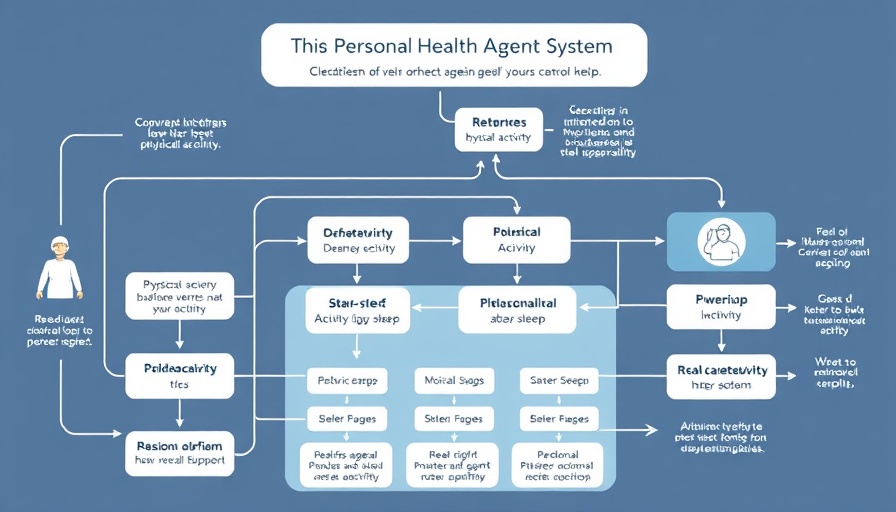
The Untapped Potential of Your Workforce
In today’s competitive B2B landscape, where trust and engagement are paramount, businesses must look beyond external influencers to enhance their marketing efforts. Often overlooked is the powerful influence your employees can wield as brand advocates. Employees possess unique insights and credibility that can resonate deeply within their networks, making them invaluable assets for B2B marketing strategies.
Building Trust Through Authentic Advocacy
Trust is becoming the currency of the modern marketplace, especially for B2B brands. According to LinkedIn, a staggering 93.7% of marketers agree that building trust is crucial for success. Furthermore, data indicates that over 90% of buyers rely on recommendations from their peers in the industry. When employees share content that showcases the company's thought leadership, it’s perceived as credible and authentic rather than as conventional advertising.
This authenticity boosts engagement significantly; LinkedIn research reveals that employee shares increase a brand’s engagement by 30%. In an era overflowing with information, the genuine insights from employees can cut through the noise and resonate more powerfully than typical marketing messages.
Cost-Effective Reach: A Value Proposition
Implementing an employee advocacy program not only enhances engagement but also provides a cost-effective method for increasing brand visibility. According to DSMN8, 52% of companies reported brand awareness as the primary benefit of such programs. With employee advocacy, businesses can achieve substantial organic reach without the hefty price tag of paid advertising. For instance, a mid-sized company with 200 employees can tap into a vast collective network, potentially reaching 100,000 individuals on LinkedIn alone.
Practical Steps to Activate Employee Advocates
To harness the potential of employee advocacy, B2B companies can take several practical steps. First, foster an internal culture that encourages sharing and recognizes the contributions of employees. This starts with creating user-friendly guidelines and providing employees with the content they need to share effectively. Next, invest in training programs to empower employees to feel comfortable and confident in their roles as brand advocates. Additionally, using social media management tools can simplify the process of sharing company messages, ensuring consistency and widespread reach.
Insights from Successful B2B Employees Advocacy Programs
To illustrate the benefits of employee advocacy, consider companies like IBM and HubSpot, which have successfully integrated employee-driven content into their marketing strategies. IBM encourages its employees to share insights through social media, leading to widespread engagement and fostering a community feel among their audience. Similarly, HubSpot's employee-driven content has built a strong brand narrative, showcasing the team’s expertise and experiences. Such strategies not only enhance brand visibility but also solidify trust as audiences identify with the company's human side.
Future Predictions: The Rise of Internal Influence
The future of B2B marketing points toward a greater reliance on internal advocacy as companies continue seeking deeper engagement with their audiences. It's expected that as employee advocacy programs become more sophisticated, they will leverage additional tools such as AI and analytics to measure impact and enhance outreach strategies further. Businesses that embrace this trend can anticipate a robust return on investment as they smooth the path between authentic employee insights and customer connections.
By rethinking your marketing strategies to properly harness the influence of employees, you can foster a culture of advocacy that reflects positively on your brand. Employee-driven content not only enhances trust but can also significantly enhance brand visibility and engagement.
If you’re a small to medium-sized business looking to elevate your brand using the untapped potential of your workforce, consider developing a structured employee advocacy program. The benefits can be profound and far-reaching, positioning your company for sustained success in an increasingly competitive landscape.
 Add Row
Add Row  Add
Add 



Write A Comment